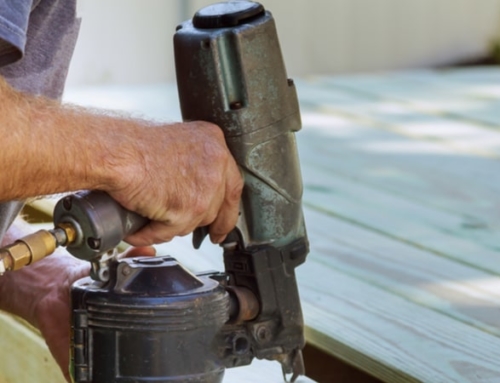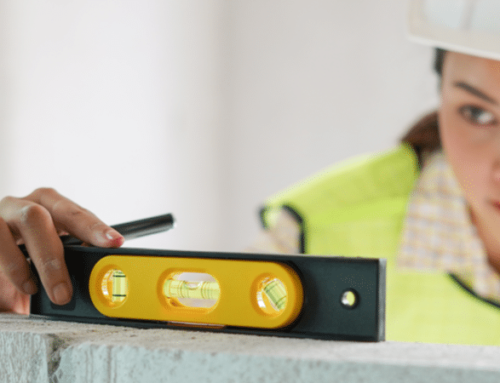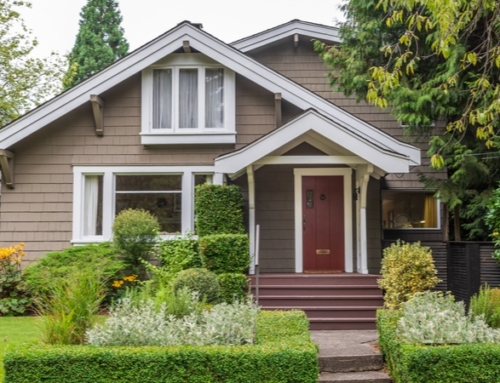In the past year, I’ve developed a bad case of “Basement Envy.”
It’s gotten worse over the past few months as I’ve spent more time looking at new homes, ostensibly for the purpose of writing about them in this column.
But what’s happened is that I spend a whole lot of time gawking and not much time taking notes.
Overall, the number of new homes being built with basements has declined. According to Gopal Ahluwalia, staff vice president for research for the Washington, D.C.-based National Association of Home Builders, a non-profit trade association for the construction industry, that’s mostly because more homes are being built in the southeast or west, where basements often cannot be built because the ground won’t support it.
But in the Northeast and Midwest, 75 to 83 percent of all new homes are built with basements. And the basements in those homes, at all ends of the pricing spectrum, don’t resemble at all the “rec” rooms that your parents grew up with.
A few weeks ago, I toured the model home for a new 600-acre subdivision being built by Lakewood Homes, in Plano, Illinois. The house had 5 bedrooms, 3 1/2 baths, 2 family rooms, two fireplaces, and a lovely open kitchen with solid surface countertops. It came with a basement, and home buyers can opt to upgrade the basement space by adding height to the ceiling and having the entire foundation dug out (as opposed to having a crawl space under half the home’s floor plate).
The model home features a basement that is approximately 1,500 square feet, which is about the size of the apartment my mother lived in while growing up. Unfortunately for home buyers, Lakewood Homes will not finish the basement space, but it effectively turns a 4,000 square foot home into a 5,500 square foot home for around $325,000.
Because this basement was bare, it was easy to envision the fun some lucky kid would have rollerblading up and down the floor, spinning around to avoid the few pillars helping to hold up the house.
I also spent a few minutes imagining where I’d place the workout equipment, the toy area for my children and the television.
I then toured an infill, golf-course development being built by Toll Brothers in Hoffman Estates, Illinois. The price of the model home I toured starts around $800,000 (the version I saw was priced at $1.5 million), and it also features lots of bedrooms, bathrooms and private spaces in addition to a walk-out basement.
“Walk-out basements are the most desirable,” Ahluwalia says. “People don’t want low ceilings. They want 8 to 9-foot ceilings. People want some window light in a basement. If possible, they’d like a walk-out, but if they can’t do that, then they build in a window,” like an exit window.
This basement opened onto a concrete block patio overlooking the golf course. It featured a fireplace with sitting area, a mini kitchen with a large granite countertop for entertaining, a wine cellar room (big enough for a table and four chairs), a full bathroom, an area with a pool table, another granite countertop and two televisions hanging from the ceiling, and a putting green.
And not just a putting green, but a putting green with a little rough around the edges. The walls were painted to look like the views of a golf course.
“People are spending a whole lot of money to finish, decorate, and furnish their basements. I’ve seen a basement where the owner spends $400,000 to finish it. The whole house cost $1.4 million,” Ahluwalia notes.
Nothing is too extreme for a basement these days: wine cellars, bars, billiard tables, movie theatres (with authentic popcorn makers), media rooms, walk-in humidors, work-out rooms to rival any health club, steam rooms and saunas, swimming pools, whirlpools, and even half basketball courts have made their way into the lower level.
Of course, some people simply put a home office, extra bedroom and bathroom or, yes, a children’s play room in their basement.
According to Ahluwalia, the average new house costs $250,000. Homeowners are spending an average of $25,000 to finish a new basement.
But not right away.
“People are spending so much to buy the house, they’re buying over their heads,” he notes. So they buy the basement unfinished and finish it later.
Are homeowners over-improving their basements? “If you’re spending $400,000 to finish your basement, you have overspent,” observes Ahluwalia. “It’s a matter of personal taste. I did a research study a few years ago and a lot of it is motivated by what the Jones family does next door.”
He recalled being in a basement wine cellar where the owner had stored more than $35,000 worth of wine. In another basement he toured, the owner proudly showed him the “powder room that cost $7,500 to finish.” Another had an indoor/outdoor lap pool.
No matter what the goal is for the basement, Ahluwalia says most new home buyers wind up using it for storage.
“We are a nation of junk collectors,” he says with a laugh.
And what do homeowners do in parts of the country where they can’t build a basement?
That’s what 3 and 4-car garages are for.






Leave A Comment